Tectonic Plate Movement on
Volcanoes, Earthquakes, and Tsunamis
Tectonic Plate Movement on Volcanoes, Earthquakes, and Tsunamis
Tectonic Plates
Tectonic plates are large pieces of the Earth’s lithosphere, which is made up of the Earth’s crust and the uppermost part of the mantle. The lithosphere is divided into several large, rigid plates that move on the softer, plastic asthenosphere below. These plates move around on the surface of the Earth and are constantly interacting with each other. The movement of tectonic plates is caused by the convection of the Earth’s mantle, which is driven by the heat flowing out of the Earth’s interior.
In this article, we will explore how plate tectonics drives these events and the science behind their occurrence.
Topics We Will discuss
The impact of Tectonic Movements
Tectonic plate movement is responsible for some of the most dramatic and devastating natural disasters on the planet, including volcanic eruptions, earthquakes, and tsunamis. In this article, we will explore how plate tectonics drives these events and the science behind their occurrence.
The movement of tectonic plates can lead to the formation of various geological features such as mountains, earthquakes, and volcanic eruptions, as well as plate boundaries such as divergent, convergent, and transform boundaries. There are several major tectonic plates on Earth, including the North American, South American, Eurasian, African, Antarctic, and Pacific plates. Understanding the movement of tectonic plates is crucial for predicting and managing geological hazards that can affect human populations and infrastructure.
Volcanos
Volcanoes are one of the most visible and awe-inspiring effects of tectonic plate movement. Volcanoes occur at both convergent and divergent plate boundaries, where magma rises to the surface and erupts. At divergent boundaries, such as mid-ocean ridges, magma rises to the surface and solidifies to form new crust. At convergent boundaries, such as subduction zones, magma rises to the surface when one tectonic plate is subducted beneath another.

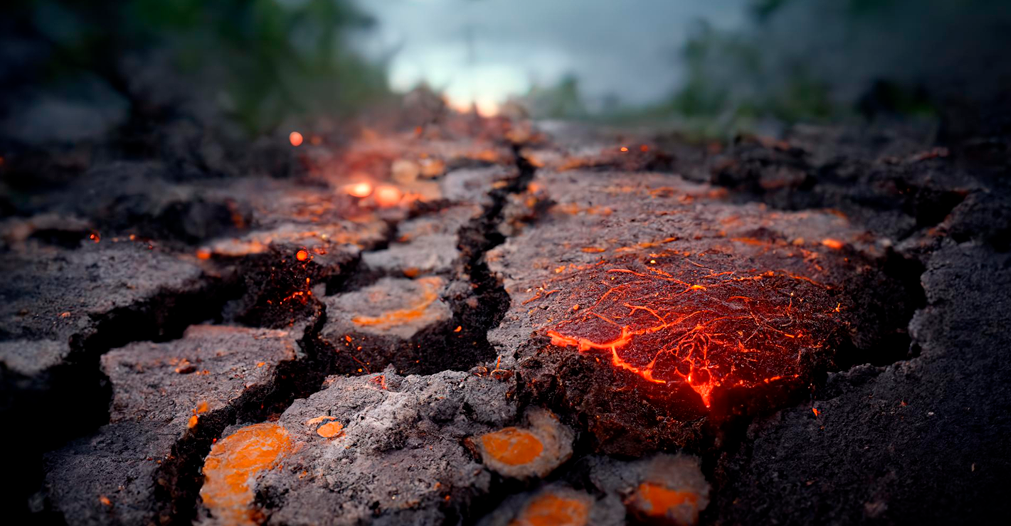
The type of magma that erupts from a volcano is determined by the composition of the mantle and crust at the site. Mafic magma, which is rich in iron and magnesium, is associated with divergent boundaries and produces shield volcanoes, such as those found in Hawaii. Felsic magma, which is rich in silicon and aluminum, is associated with convergent boundaries and produces explosive eruptions, such as those seen at Mount St. Helens in the United States.
Earthquakes

Earthquakes are another common effect of tectonic plate movement. Earthquakes occur when two tectonic plates become stuck at their boundary, and the energy builds up over time. When the plates eventually release, the stored energy is released as seismic waves, which travel through the Earth’s crust and cause the ground to shake.
The severity of an earthquake is measured using the Richter scale, which is based on the amplitude of the seismic waves. A magnitude 1 earthquake is barely perceptible, while a magnitude 9 earthquake is a catastrophic event that can cause widespread destruction and loss of life. Some of the most powerful earthquakes in history have occurred along subduction zones, where one tectonic plate is subducted beneath another, such as the 2011 Tohoku earthquake in Japan.
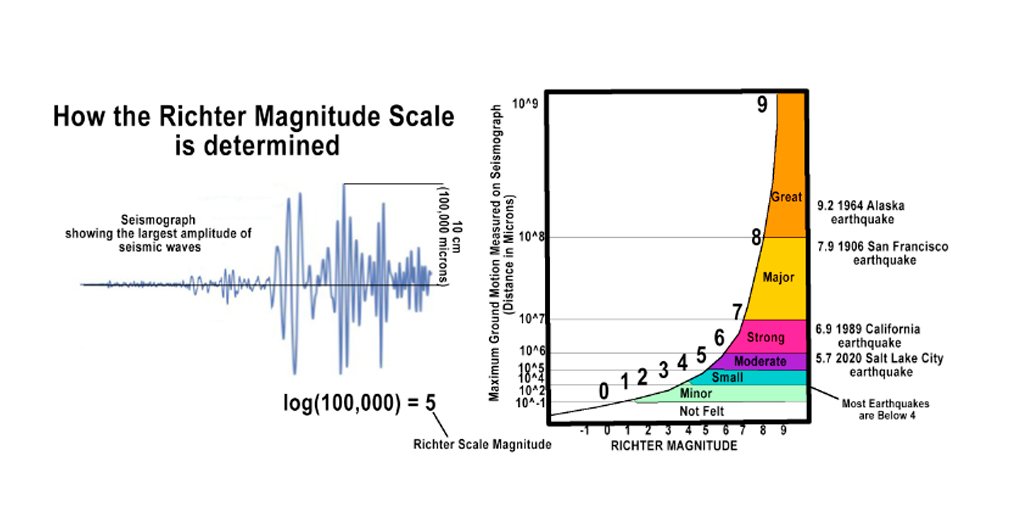
Tsunamis
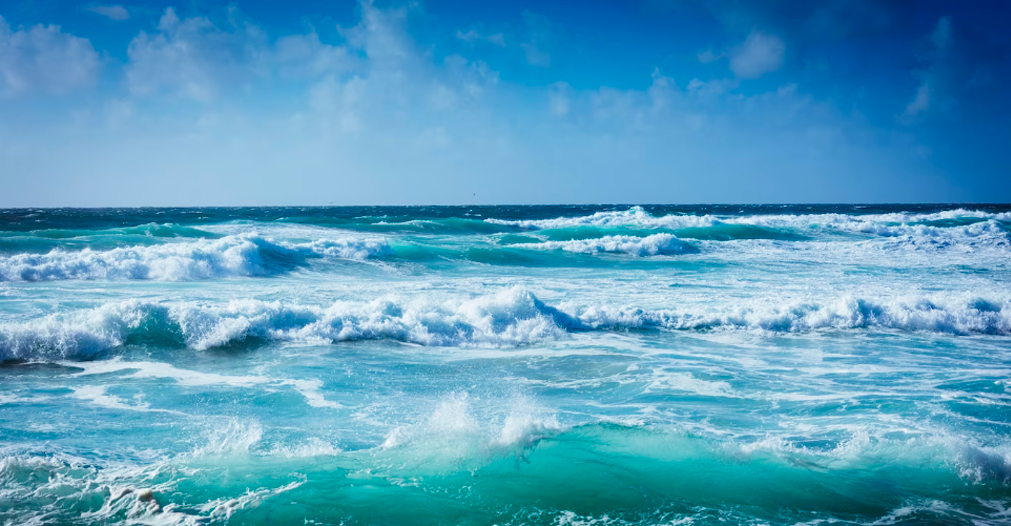
Tsunamis are often associated with earthquakes, as the sudden movement of tectonic plates can displace large volumes of water and create massive waves. Tsunamis can also be generated by volcanic eruptions and landslides. When a tsunami reaches the shore, it can cause widespread destruction and loss of life, as seen in the 2004 Indian Ocean tsunami, which killed over 200,000 people.
Understanding the science behind tectonic plate movement and its effects on volcanoes, earthquakes, and tsunamis is crucial in mitigating the risks associated with these events.
Scientists use a range of tools and techniques to monitor plate movements and seismic activity, such as GPS, seismometers, and satellite imagery. By analyzing this data, scientists can predict the likelihood of an earthquake or volcanic eruption and issue early warnings to the public.
Tectonic Plate Movement on Volcanoes, Earthquakes, and Tsunamis
What kind of Studies are being made to discover more about the Movements?
In addition to monitoring, scientists are also working to better understand the underlying mechanisms driving tectonic plate movement. One area of study is mantle convection, where hot material rises and cool material sinks in the Earth’s mantle. This process creates plumes of hot mantle material that rise towards the surface, creating hotspots and contributing to the movement of tectonic plates.
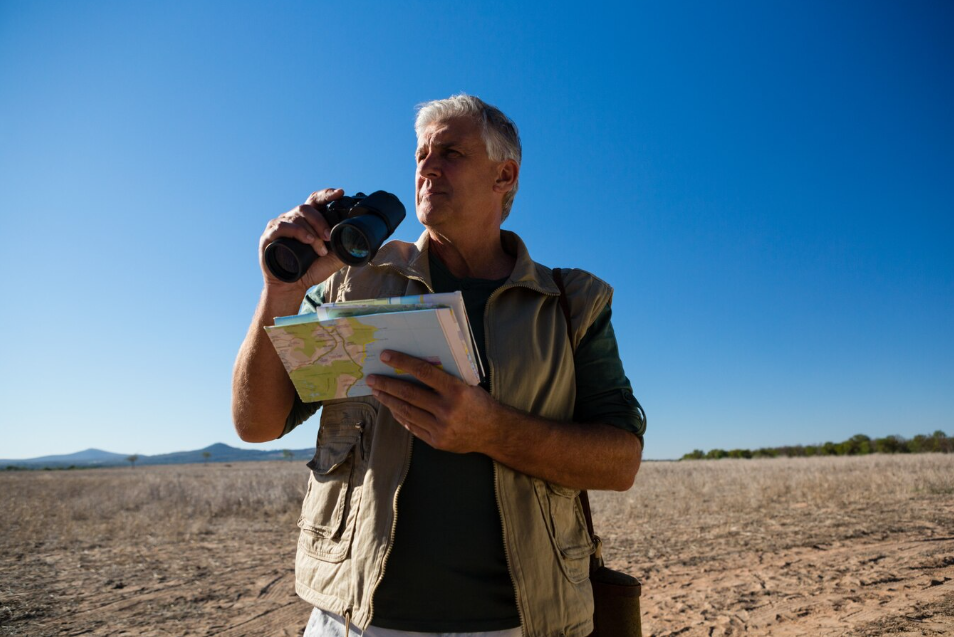
Earth's Crust and Mantle
Another area of study is the role of fluids in the Earth's crust and mantle, such as water, carbon dioxide, and other gases. These fluids can affect the physical properties of rocks and influence the movement of tectonic plates, as well as contribute to the formation of volcanic eruptions and earthquakes.
From Chaos , there is Beauty
Despite the risks associated with tectonic plate movement, these events also have positive effects on the planet. For example, volcanic eruptions can create new land and fertile soil, while earthquakes can help release pent-up energy in the Earth's crust and prevent more catastrophic earthquakes from occurring. Additionally, the movement of tectonic plates contributes to the Earth's carbon cycle, regulating the amount of carbon dioxide in the atmosphere and affecting the planet's temperature.
Conclusion
To conclude, tectonic plate movement is a fascinating and complex topic that affects our planet in profound ways. Volcanoes, earthquakes, and tsunamis are just some of the effects of plate tectonics, and understanding the science behind these events is crucial in mitigating their risks. Through the use of advanced monitoring techniques and ongoing research, scientists are making progress in understanding the underlying mechanisms driving tectonic plate movement and the effects on our planet. With continued research and education, we can better prepare for these events and minimize their impact on human lives and the environment.
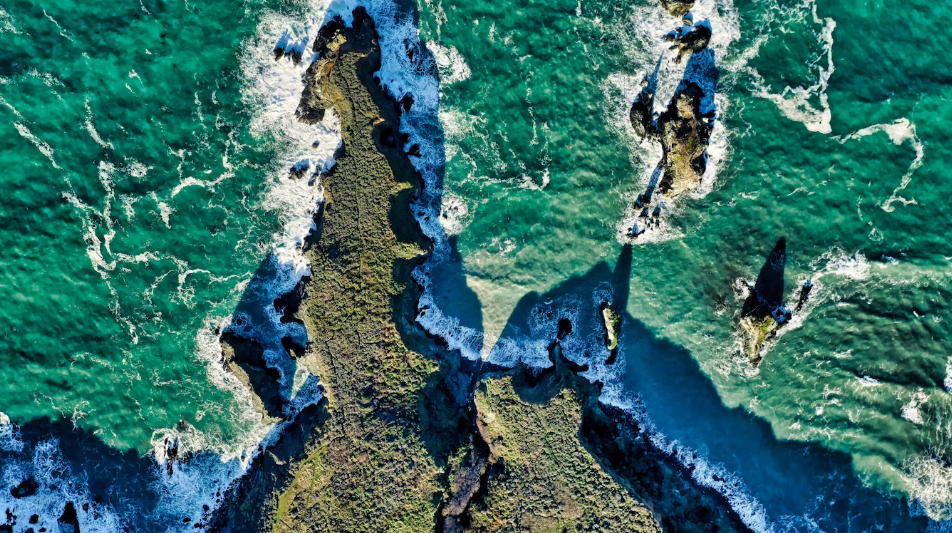
Frequently Asked Questions
Tectonic plate movement can cause the formation of volcanoes through several processes. At convergent plate boundaries, one plate may be forced beneath another, creating a subduction zone. This can lead to the formation of a volcanic arc as magma rises to the surface and forms a chain of volcanoes. At divergent plate boundaries, magma can rise to the surface and create volcanic activity, such as the mid-ocean ridges. Hot spots, where large, long-lasting plumes of magma rise from the mantle, can also create volcanic activity as plates move over them.
Tectonic plate movement can cause earthquakes as plates move and interact with one another along plate boundaries. When plates are locked together and unable to move freely, stress builds up along the boundary until the plates suddenly slip, releasing energy in the form of seismic waves. The location and intensity of earthquakes are influenced by the type of plate boundary and the amount of stress that has built up along it.
Tectonic plate movement can cause tsunamis through several mechanisms. One way is through the sudden displacement of large amounts of water by an earthquake, particularly at subduction zones where a large amount of energy is released. Another way is through the collapse of underwater volcanic cones, which can trigger a tsunami if the volume of material involved is large enough.
Examples of well-known volcanic and seismic activity caused by tectonic plate movement include the 2011 Tohoku earthquake and tsunami in Japan, the eruption of Mount St. Helens in 1980 in the United States, and the ongoing volcanic activity at Kilauea in Hawaii.
Scientists study the relationship between tectonic plate movement and geological hazards through a variety of methods, including seismology, GPS measurements, and the analysis of geological features such as fault lines and volcanic cones. By better understanding the mechanisms that drive geological hazards, scientists can predict the location and timing of earthquakes, volcanic eruptions, and other events and develop strategies to mitigate their impact.
People can prepare for and mitigate the effects of geological hazards caused by tectonic plate movement through a variety of measures, including earthquake-resistant building design, early warning systems, evacuation plans, and disaster preparedness training. By being aware of the potential risks and taking appropriate measures to reduce their impact, people can minimize the damage and loss of life caused by geological hazards.

